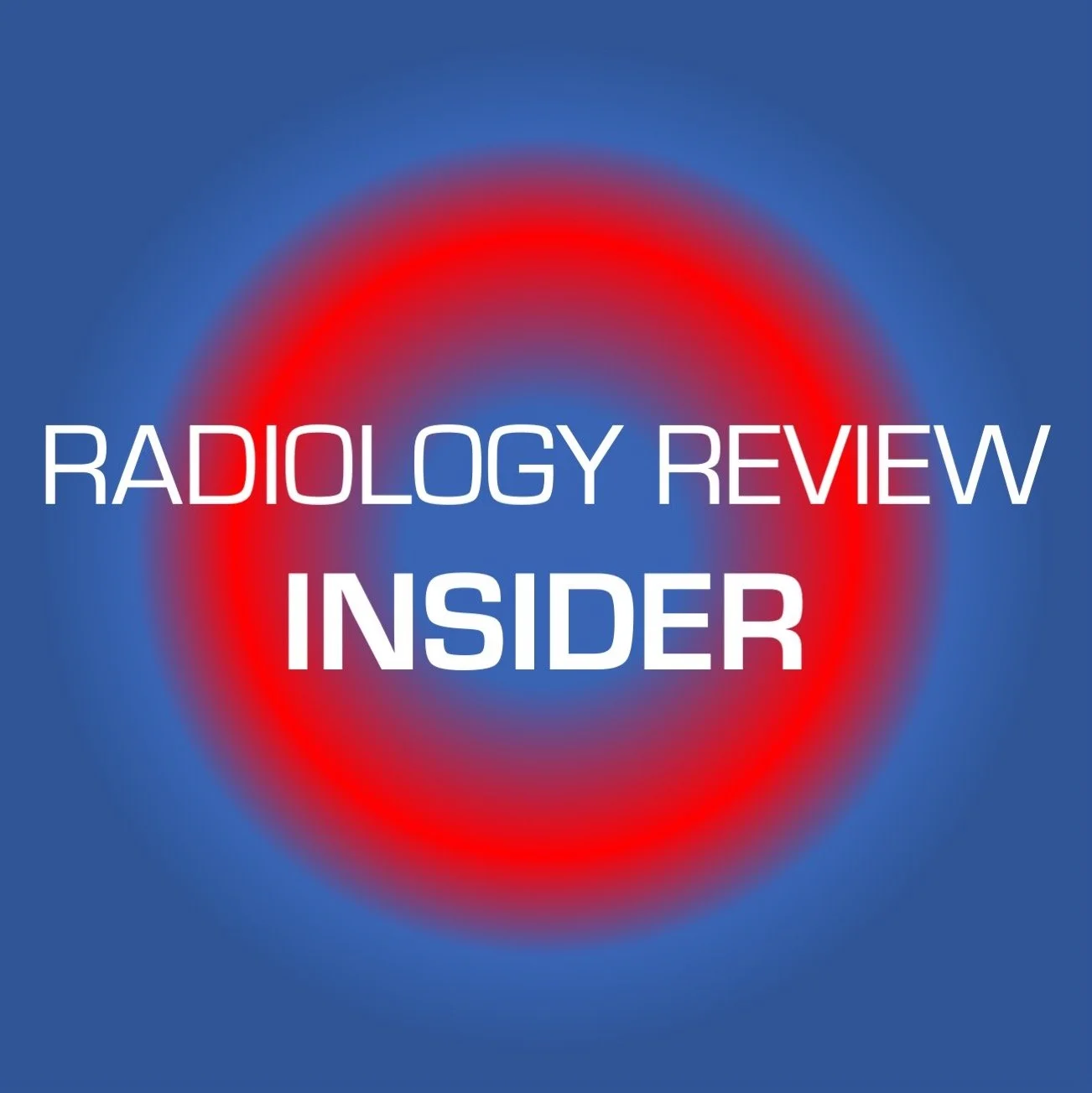Invasive Lobular Carcinoma: Problems and Solutions for Radiology
I recently attended the 2023 International Invasive Lobular Carcinoma Symposium, where it became evident that medical imaging must improve. In this posting, I am to raise awareness of the complexities involved in detecting ILC on imaging and propose potential solutions. ILC frequently manifests in subtle and atypical ways on imaging, in contrast to the more common invasive ductal carcinoma. This challenging nature often leads to missed diagnoses in ILC patients.
During a symposium presentation, attendees with ILC diagnoses were asked to stand. Thereafter, those who had experienced an error with ILC diagnosis were asked to remain standing. To my surprise, a significant number (around 90%) remained standing when questioned about misdiagnoses in their journey, emphasizing the urgent need for improvement in radiology.
The inadequacies of imaging in detecting ILC were a recurring theme throughout the symposium. Patient stories frequently highlighted instances of missed or under-detected ILC during various stages, leading to significant consequences for patients.
What does this mean for individuals with ILC? It can result in late-stage diagnoses, understaging, and unexpected complications during surgery and treatment, with patients often questioning the accuracy of their negative imaging results.
As one of the few medical imagers at the symposium, I was deeply impacted by the patient experiences. This meeting exposed the need for radiologists to delve deeper into the failures of medical imaging and understand where improvements are required, particularly from the perspective of patients and treating physicians.
My presentation focused on "Challenges and Potential Solutions for Imaging ILC." The audience appreciated the unfiltered truth, which—for those with ILC—is not always received consistently from radiologists. My key message was that screening mammography often serves as the first failure in the imaging chain. When it fails to detect ILC due to various reasons, it leads to more advanced disease at presentation. ILC's elusive nature on imaging makes it challenging to detect, and it can infiltrate tissues and organs without clear indications, resulting in more advanced disease than initially suspected.
Illustrating a conversation with an ILC patient advocate, she noticed a lump in her breast but was reassured by mammography and ultrasound results, which erroneously indicated no malignancy. Later, her symptoms were linked to ILC, necessitating aggressive treatment, and she was ultimately diagnosed with distant metastatic disease. Many individuals with ILC have experienced similar challenges with ILC detection on imaging. How can we improve?
Solutions:
Supplemental breast cancer screening for individuals with dense breast tissue is key to improving early ILC detection. Mammography, ideally 3D tomosynthesis, remains the initial step, followed by a second test like breast MRI. Various supplemental screening options exist, each with pros and cons.
For local staging, breast MRI should be the default for many ILC cases, though alternatives like contrast-enhanced mammography or molecular breast imaging can help in cases without MRI access.
For systemic staging, PET/CT may be preferable to CT with bone scans for ILC patients, especially higher-stage cases. FES PET/CT imaging shows promise and may be valuable for more ILC staging.
Research and policy changes are essential. ILC should not be grouped with other breast cancers. Rules and conventions need updates, tailored to ILC's distinct characteristics, such as surveillance protocols and axillary nodal evaluation. Whole body MRI can be beneficial for detecting ILC in atypical locations.
Radiologists must acknowledge the frequent failure of imaging for ILC patients, leading to faster implementation of solutions.
In summary, swift action is needed to detect ILC early, utilizing available technologies and conducting ILC-specific research. The time for action is now.
Check out other articles from The Radiology Review Insider by clicking here.
Do you want to contribute to The Radiology Review Insider?
The article submission process is simple: email your proposed article to theradiologyreview@gmail.com. Include with your article your name and professional affiliation. Submission of all articles is appreciated but submission does not guarantee publication.
The Radiology Review may receive referral fees from purchases made with links on this page.





